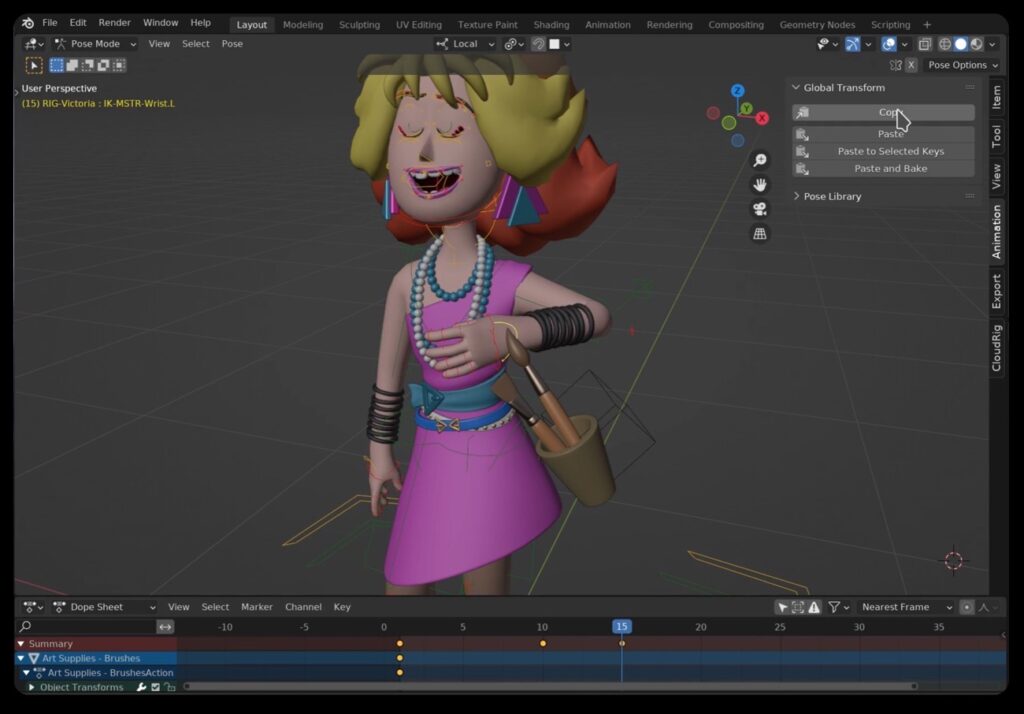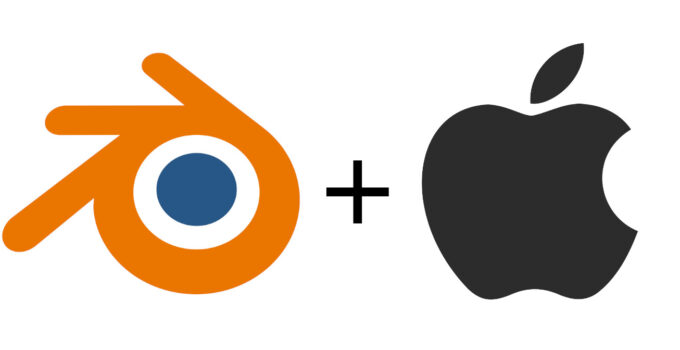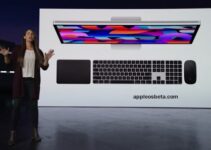Blender 4 Unveils Enhanced Performance on Apple’s M3 Chips. The latest update of Blender 4, the renowned free and multi-platform 3D creation suite, brings a slew of new features, with a significant focus on optimized performance for Apple’s M3 chips. This update marks a notable advancement in 3D modeling, animation, video editing, rendering, and more, catering specifically to the needs of modern animators and designers.
Revolutionizing Display Technology: The iPhone 16’s Leap Forward
Blender 4 harnesses the power of the M3, M3 Pro, and M3 Max chips’ GPU capabilities, introducing advanced rendering functions like mesh shading and hardware-accelerated ray tracing. Users of Apple’s latest chips will experience rendering speeds up to 2.5 times faster than those offered by the M1 chips, a leap forward in efficiency and productivity.
Ray tracing, a critical feature for realistic and physically accurate imagery, sees significant improvements in Blender 4. While Macs equipped with M1 or M2 chips also support ray tracing, it is executed at the software level, resulting in comparatively lower performance.

For Mac users, Blender 4 introduces support for HDR displays, enhancing the visual experience of content created in Blender. This feature is particularly relevant for users of Apple’s Pro Display XDR, recent MacBook Pros, and external HDR displays connected to Macs.
Apple’s involvement with Blender began in 2021 when it joined the Blender Development Fund as a patron. This collaboration involves monetary contributions, engineering expertise, and other resources, significantly contributing to Blender’s development.
The funds and support from Apple and other contributors have been instrumental in Blender’s ability to provide free and open access to its software. This backing has facilitated bug fixes, code revisions, technical documentation, and even paid assignments, ensuring continuous improvement and innovation in the software.
Blender 4 remains a powerhouse for 3D creation, offering a wide array of tools for UV mapping, fluid simulations, particle simulations, and more. It supports multiple objects, non-linear animation, and features for figure animation and expression creation. Users can also simulate physical effects like smoke, clouds, fire, and particle effects.
The origins of Blender trace back to software developed by the Dutch animation studio NeoGeo. Ton Roosendaal, the lead author, established Not a Number Technologies (NaN) in 1998 to continue the program’s development. Initially distributed as freeware, Blender transitioned to free software under the GNU General Public License after NaN’s bankruptcy in 2002, following a one-off payment of 100,000 euros by its creditors.
In essence, Blender 4’s latest update is not just a technological upgrade; it’s a testament to the fruitful collaboration between open-source communities and industry giants like Apple. The enhanced performance on Apple’s M3 chips paves the way for more intricate and sophisticated 3D creations, further solidifying Blender’s position as a pivotal tool in the 3D animation and modeling landscape.



